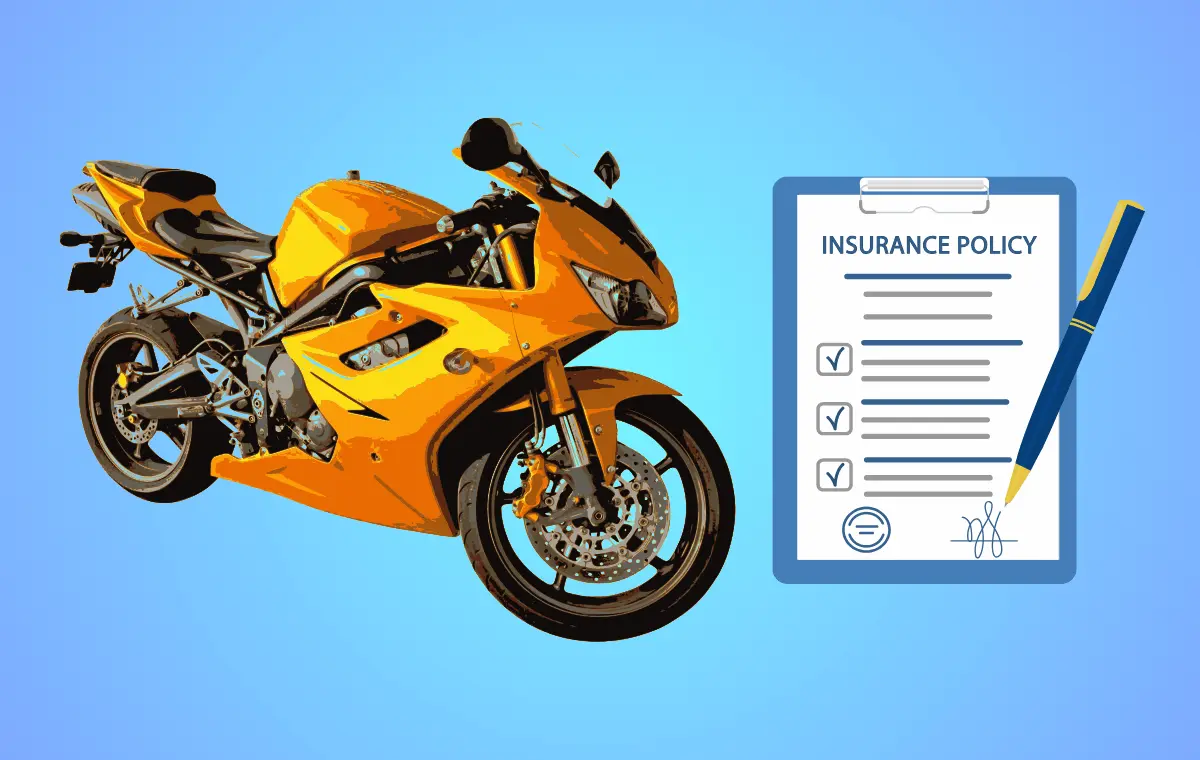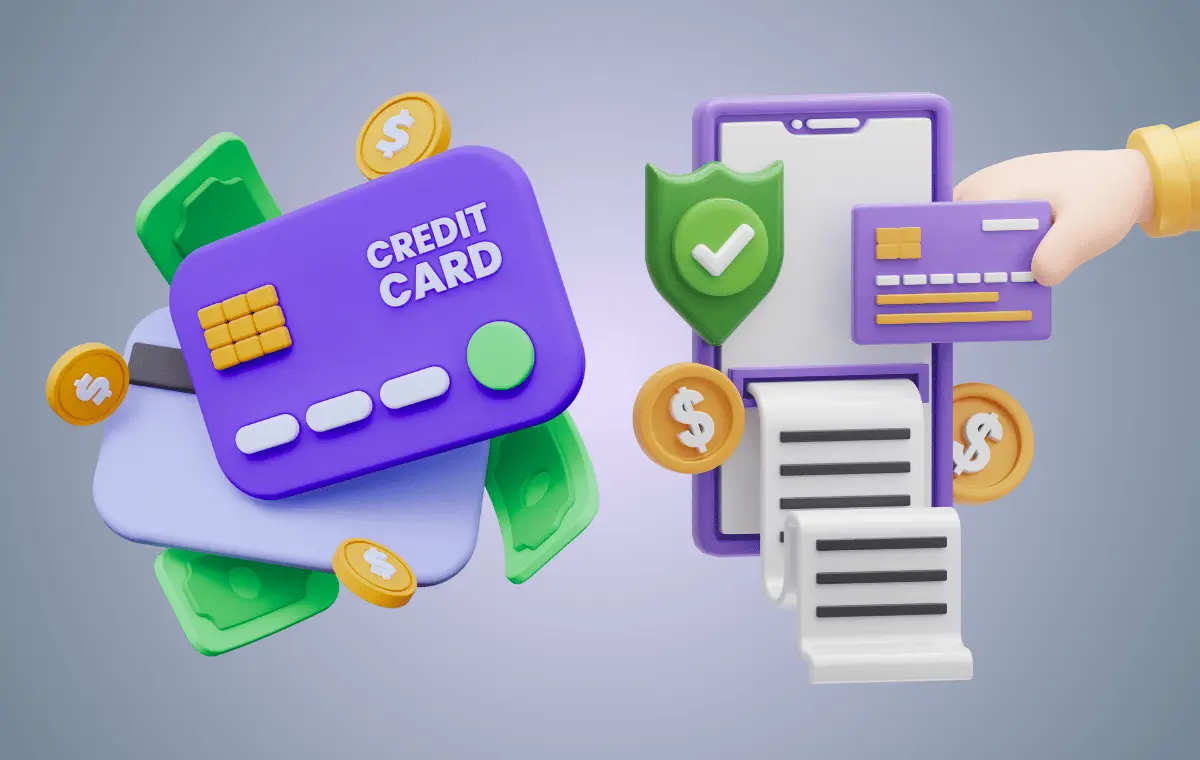Owning a two-wheeler, whether it’s a motorcycle, scooter, or moped, offers convenience and freedom on the road. However, along with the advantages of riding comes the responsibility of protecting your vehicle and yourself from unforeseen risks. Two-wheeler insurance is essential for every rider, providing financial protection against accidents, theft, and other damages. Here’s everything you need to know about two-wheeler insurance to make an informed decision.
1. Understanding Two-Wheeler Insurance
Two-wheeler insurance is a type of motor insurance policy designed specifically for motorcycles, scooters, and other two-wheeled vehicles. It offers financial protection against various risks such as accidents, theft, natural disasters, and third-party liabilities. In India, it is mandatory by law to have at least a third-party insurance policy for your two-wheeler.
Types of Two-Wheeler Insurance:
- Third-Party Insurance: Covers damages to third-party property or injury to a third party in an accident involving your two-wheeler. It is the most basic form of insurance and is legally required.
- Comprehensive Insurance: Offers broader coverage, including third-party liabilities, own damage (damage to your own vehicle), theft, fire, and natural calamities. This policy provides extensive protection and is highly recommended for all riders.
2. Key Features of Two-Wheeler Insurance
Understanding the key features of two-wheeler insurance can help you select the right policy for your needs:
- Own Damage Cover: Provides coverage for damages to your two-wheeler due to accidents, theft, fire, natural disasters (like floods or earthquakes), and man-made events (such as riots or vandalism).
- Third-Party Liability Cover: Covers legal liabilities arising from damages or injuries caused to a third party by your two-wheeler.
- Personal Accident Cover: Offers financial compensation in case of injury or death of the rider due to an accident. Some policies also provide coverage for pillion riders.
- No-Claim Bonus (NCB): A discount on the premium for every claim-free year. The NCB can significantly reduce your premium amount over time.
- Add-Ons: Optional covers that provide additional benefits, such as zero depreciation, roadside assistance, engine protection, and more. These add-ons enhance your policy coverage based on your needs.
3. Benefits of Two-Wheeler Insurance
Having two-wheeler insurance offers several advantages:
- Legal Compliance: It fulfills the legal requirement of having at least third-party insurance, avoiding fines and legal complications.
- Financial Protection: Protects you from significant financial losses due to accidents, theft, or damage to your vehicle.
- Peace of Mind: Riding with the assurance that you’re financially protected against unexpected events enhances your overall riding experience.
- Third-Party Liability: Covers the costs of damages or injuries caused to third parties, which can otherwise be a major financial burden.
- Additional Services: Add-ons like roadside assistance can provide immediate help in case of a breakdown, flat tire, or other issues.
4. Factors Affecting Two-Wheeler Insurance Premiums
Several factors influence the premium you pay for two-wheeler insurance:
- Type of Coverage: Comprehensive insurance policies generally have higher premiums than third-party policies due to the extensive coverage they offer.
- Vehicle Make and Model: High-end or expensive two-wheelers typically attract higher premiums due to the increased cost of repairs or replacement.
- Age of the Vehicle: Older vehicles may have lower premiums, but they might also be eligible for limited coverage.
- Geographical Location: Insurance premiums can vary based on your location. Urban areas with higher traffic congestion and theft rates often result in higher premiums.
- Rider’s Age and Experience: Younger or inexperienced riders may face higher premiums due to the increased risk of accidents.
- No-Claim Bonus: Accumulating a no-claim bonus over the years can significantly reduce your premium.
5. How to Choose the Right Two-Wheeler Insurance Policy
Selecting the right insurance policy involves considering several factors:
- Assess Your Coverage Needs: Decide whether you need a basic third-party policy or comprehensive coverage based on your riding habits, vehicle value, and risk exposure.
- Compare Policies: Use online platforms to compare various policies from different insurers. Look for policies that offer the best balance of coverage, premium cost, and additional benefits.
- Check the Insurer’s Reputation: Research the insurer’s claim settlement ratio, customer reviews, and overall service quality. A reliable insurer with a high claim settlement ratio can provide better service when you need it.
- Consider Add-Ons: Evaluate add-ons like zero depreciation, engine protection, or consumables cover based on your requirements. While they increase the premium, they also offer added protection.
- Read the Fine Print: Carefully review the policy terms, conditions, exclusions, and limits to ensure you understand what is and isn’t covered.
6. How to Make a Claim on Your Two-Wheeler Insurance
Making a claim on your two-wheeler insurance is a straightforward process if you follow these steps:
- Notify Your Insurer: Inform your insurance company about the incident as soon as possible. Most insurers provide a 24/7 helpline for reporting claims.
- Document the Incident: Collect necessary evidence such as photographs of the damage, police reports (if applicable), and details of third parties involved.
- Submit a Claim Form: Fill out and submit a claim form provided by your insurer, along with supporting documents.
- Inspection: The insurer may send a surveyor to inspect the damages before approving the claim.
- Claim Settlement: Once the claim is approved, the insurer will either reimburse the repair costs or directly pay the garage, depending on the policy terms.
7. Tips for Reducing Two-Wheeler Insurance Premiums
Here are some ways to keep your two-wheeler insurance premiums affordable:
- Maintain a Clean Driving Record: Avoid accidents and traffic violations to qualify for lower premiums.
- Opt for Higher Voluntary Deductibles: Agreeing to pay a higher deductible can lower your premium, but make sure it’s an amount you can comfortably afford.
- Renew on Time: Renew your policy before it expires to avoid lapses and higher premiums.
- Bundle Insurance Policies: Some insurers offer discounts if you bundle multiple insurance policies, such as home, health, and vehicle insurance.
- Secure Your Vehicle: Installing anti-theft devices approved by the Automotive Research Association of India (ARAI) can help reduce premiums.
Conclusion
Two-wheeler insurance is an essential aspect of responsible riding, providing financial protection and peace of mind on the road. By understanding the types of coverage, key features, and factors that influence premiums, you can choose a policy that best meets your needs. Regularly review your coverage, stay informed about available discounts, and ride safely to make the most of your two-wheeler insurance policy.






